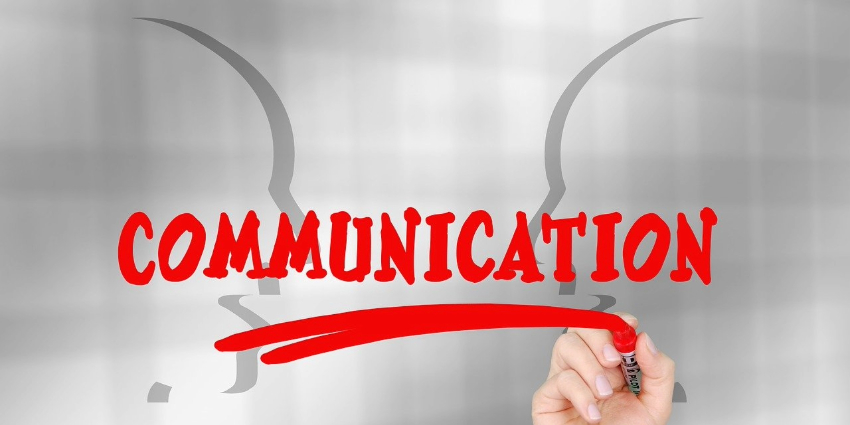Most of us carry familiar titles that characterize the roles we play in our lives – manager, coach, parent, doctor, attorney, vice president, etc…but it’s not often we peel those titles and roles back to ponder more deeply the type of leader we play WITHIN those roles.
I recently had the pleasure of working with a client on this task. In “identifying” the type of leadership qualities this individual wanted to cultivate, we came across a book that sparked some pretty decent discussion. In Models of Leadership in Plato and Beyond written by UVA Darden Professor Ed Freeman and Oxford Professor Dominic Scott, the authors explore Plato’s ideas on leadership and how these ideas are applied to modern leadership principles today. I am by no means advocating this text as a must-read, in fact, over the next two weeks I’ll summarize the 7 Models of Leadership for you. So just read along with me!
However, the work I will ask you to do is to determine which of the 7 leadership models, or a combination thereof, resonates with you and how you will use this information to build upon your leadership brand.
This week we’ll examine 4 of the 7 models.
You’ll have to come back next week to discover the final 3.
WHAT MODEL OF LEADERSHIP SUITS YOU BEST?
THE DOCTOR
The Doctor is a person who can diagnose sources of disorder or conflict within a group, offer solutions and maintain equilibrium. Doctors are credible, and selfless and aim to promote the well-being of their followers by pushing them to pursue sustainable, long-term goals, rather than short-lived ones, favorable for the day. This leader faces the task of persuading followers to follow a prescribed course of action so as to “cure” systemic problems.
Leader Example: Indra Nooyi, the former PepsiCo CEO, reoriented the company to promote its long-term success.
THE NAVIGATOR
The Navigator is someone who can help steer followers through the most treacherous of storms. Navigators are proficient in anticipating future challenges, as well as managing the consequences of unintended obstacles. Navigators’ resolve, rationality, and social influence make them inspirational figureheads, and while some may not understand the Navigator’s expertise, this leader isn’t afraid to stand out.
Leader Example: Frederick Douglass, an abolitionist who mobilized civil rights activism and helped chart the path to an end to slavery.
THE ARTIST
The Artist is a free-spirited and innovative thinker. They are able to cultivate and articulate their own vision of the future. Artists are detached from societal constructs, calling into question the presumably unchangeable nature of the status quo and proposing a new system that holds harmony, order, and justice at its core. Because artists are trailblazers, they face the challenge of overcoming the “we’ve always done it this way” mentality — which often means they build their visions from the ground up to realize them.
Leader Example: Elon Musk, a technological visionary, exhibits several of the Artist’s characteristics.
THE TEACHER
The Teacher is someone who engages openly with others in order to expand their horizons. Teachers tend to be sensible, generous, and respectful, exchanging ideas with others while simultaneously pushing the boundaries of their comfort zones. Sometimes Teachers can experience “a perspective gap” between themselves and those they lead and that can sometimes lead to resistance from their team members. Knowing this is important as it ensures the need to check in and make sure their followers are following their leadership.
Leader Example: Mikhail Gorbachev, whose ideas were inflammatory to many but urged Russians out of complacency and spurred the deconstruction of the USSR.
If none of these 4 Leadership Models seem to resonate with you, we have 3 others to explore next week!
If you identified a model that speaks to you from these 4, how will you capitalize on this knowledge? How will carrying this new title characterize the role you want to play?













